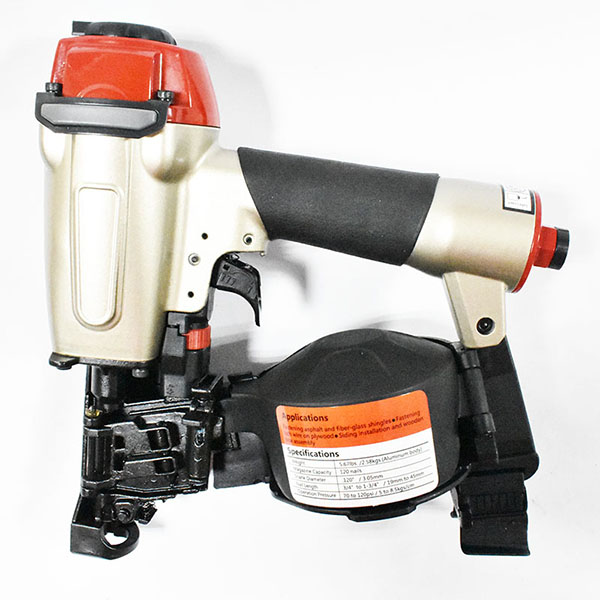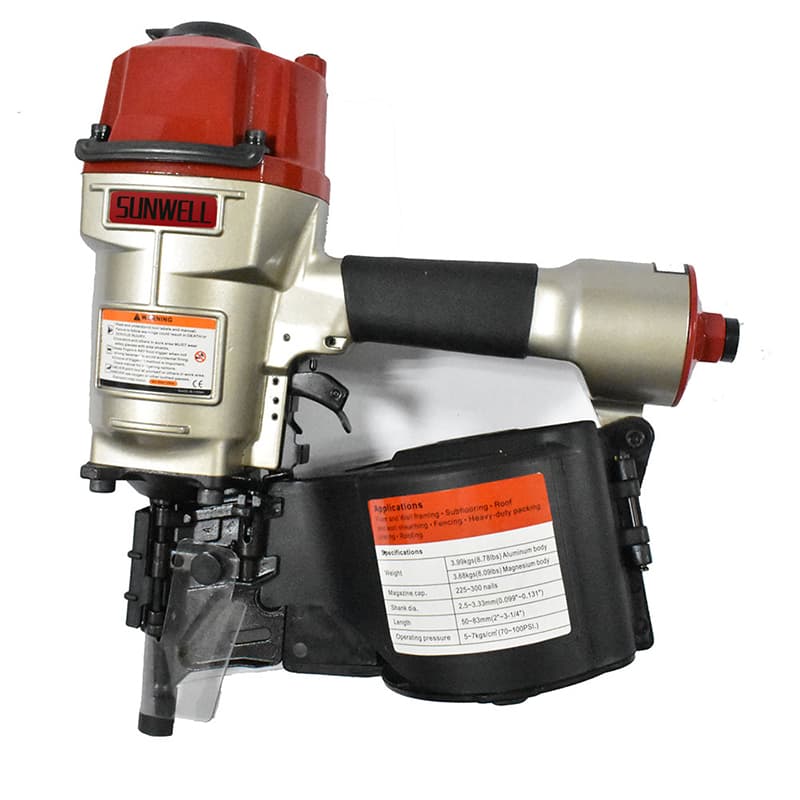Valve as an important part of general machinery products, its market capacity is no less than pump products, according to the National Association of General Machinery Valve Branch statistics, the domestic market capacity of the valve in more than 60 billion yuan (excluding exports to foreign valve dosage); This fully demonstrates the great potential of the valve market. It is often said that "pump valve is one, there must be a pump valve," as two highly relevant products, its products, Prices, channels, etc., have a lot of similarities, but it can not be understood as a pump only related products or ancillary products, and in fact in addition to the pump valve, such as steel, petroleum, chemical, electricity, Food, aviation and other fields require a large number of valves in the pipeway, so rather than saying "there must be valves in a pump," it is more accurate to say "there must have valves in an pipeline." It is also very different from pumps in the marketing process in terms of product, channel and price, which can be summarized as follows:
At present, the number of valve enterprises in China ranks first in the world, and has been able to produce more than a dozen major categories of products. Such as gate valves, globe valves, ball valves, butterfly valves, safety valves, boiler check valves, throttle valves, plug valves, pressure reducing valves, diaphragm valves, steam traps, emergency shut-off valves, etc. However, there are still external leakage, internal leakage, poor appearance quality, short life, inflexible operation and unreliable valve electric devices and pneumatic devices, some products are only equivalent to the foreign level of the 1990s. This main reason may be with our country so far almost no colleges and universities have opened a valve professional, there is no basic systematic education has a lot to do; Usually in mechanical design or fluid machinery and other professional with a little knowledge of the valve. There is no professional product design learning, so it caused a relative shortage of designers in the valve industry, and procurement personnel in engineering projects also know little about the valve; Therefore, the design, manufacturing, procurement and other personnel in the valve industry are relying on self-learning to improve, so individuals have a certain deviation in their understanding of valve products. This has created a strange phenomenon that often produces inexplicable problems in the process of valve design, manufacturing and sales, which should be a process of slow progress from disorder to maturity in the entire valve industry, and the difference between valves and pumps in products is mainly reflected in the following aspects. (1) The product structure and working principle are simpler than the pump and do not involve the power system; General valves generally do not perform professional calculations and tests on flow, vapor corrosion and other data, and there is a large gap compared with foreign valve companies, and domestic valve product samples do not reflect the corresponding data, only staying on installation dimensions and materials, and there are still a lot of room for learning and improving. 2, the degree of product standardization is higher than the pump, China's valve standards are mainly national standards (GB), the Ministry of Machinery standard (JB), the Ministry of Chemical Industry standard (HG), etc., these standards mainly refer to the former Soviet Union and Germany's valve standards. The structure, size, material, testing and other aspects of the general-purpose valve have been standardized, so the interchangeability of the domestic valve is higher than that of the pump, and there are generally no major technical obstacles (except for a small number of patented technology products). 3, the product type is more than the pump and miscellaneous, China's existing about more than 2300 valve types, about 30000 kinds of specifications, in such a wide variety of valve types, Cut off the type of valve connected to the use of the entire 80%, such as gate valves, globe valves, ball valves, butterfly valves are connected to cut off the type of valve, other non-return, regulation, steam water separation, reversing and other uses of the type of valve accounted for only 20% of the total amount; Among them, many types of valves connected to the cut-off class can be replaced by each other, mainly depending on the selection in engineering design; Such as in the municipal water supply pipeline on the original extensive use of long structure, bulky valve, to the present majority of the use of light weight, soft sealing butterfly valve transition. 4, before the valve factory must go through the relevant testing and debugging, product quality than pump products better grasp, so on-site guidance installation, debugging and other after-sales service is relatively small; Such as safety valve, mud relief valve, etc., involving take-off pressure, pressure reducing valve, such as the need for commissioning, generally in the factory before the manufacturers have been in accordance with the technical requirements of the contract to do a good job of commissioning, on-site installation only in accordance with the instructions connected to the pipeline can be used normally. 5, the manufacturers of external procurement more frequent; Due to the variety and variety of the valve itself, the valve company cannot produce all of its own, so when the manufacturer performs the contract, it is necessary to integrate the advantages of other suppliers to organize the supply. Then rely on the enterprise's own management process to good quality, which is also the inevitable industry segmentation and market competition; Such as my company's electric valve, pneumatically operated valve, hydraulic valve, such as automatic valve electric, pneumatic, hydraulic actuators are also supporting the outside, but because over the years I control system manufacturing experience, the assembly of the automatic valve and control system debugging more obvious advantages. 6, key industries, key enterprises, key parts of the valve are required once a year maintenance period, such as power, petroleum, chemical and other industries in the application of most of the valves, Every year, valves that have reached the service life are serviced and replaced, and the inspection of valves is generally directly replaced in a set of new valves, completely different from the service and replacement of spare parts for pump products, which is an important reason for the huge market capacity of valves and its growth year by year.
Second, the sales channels of China's existing valve of various sizes about more than 5000 enterprises, of which the annual output value of more than 10 million yuan has more than 500, the output value of more than 100 million yuan just a few dozen, in addition to the valve product variety, demand and scattered positioning of the various industries other than the different reasons,A very important reason is that the valve company's own sales channels, and imports or joint venture valve enterprises in their own channel construction, maintenance and control there is a large gap, the domestic valve enterprises sales channels and the following forms. 1, almost no own sales channels, this kind of main low-level, small-scale, family-type enterprises, long-term survival by OEM processing; The starting point of the enterprise is low, the management level and technical force are very weak, the equipment is simple, and most of the products are imitation production, mainly producing low-pressure valves for water supply and drainage. 2, the vast majority of domestic valve companies imitate the sales model of fast-moving consumer goods, using a relatively extensive agency system, relying on intermediate agents to achieve enterprise sales activities to end users; This model makes the risk of valve enterprises smaller, because the general valve company's settlement method for agent intermediaries is payment to delivery. Valve companies sacrifice their own sales gross profit and brand added value to achieve rapid return of funds, to avoid the risk of return, while most of the pre-sale, sale, after-sales costs transferred to the head of the middleman; However, the disadvantage of this model is that the valve enterprise itself is difficult to manage and control the agent. In order to maximize profits, middlemen usually find cheaper small factories to brand. Shoddy, serious damage to the brand of the valve company itself, while the agent middleman loyalty to the valve company is very low, and even the agent at the same time 35 valve brand, in the project bidding Wai standard illegal phenomenon occurs. 3, a small number of domestic valves have set up their own sales branches, directly facing end users; This part of the valve enterprises mainly in a specific industry or a specific region of the private valve enterprises, but also only belongs to the initial stage, its management of direct selling companies is more extensive; Unlike most of the pump manufacturers, which have their own controllable direct sales network, there is still a big gap in project information collection, large project tracking, bid negotiation, business personnel training, after-sales tracking and return visit, and communication with design institutes. Three product price valve target customers and pumps are consistent, are used in all kinds of civil construction, municipal, industrial and mining projects, but in the market price is still relatively chaotic. (1) In particular, the market price of civil construction and municipal project valves is because such project valves generally use low-pressure cast iron valves with low value and technical content, and the manufacturers producing such valves mostly use agents and middlemen to sell them, resulting in low-quality and low-price competition among each other in the bids. It is easy to mislead purchasers to win tenders at low prices, even sales below the cost price of the product, and valve manufacturers or middlemen must cut corners in the process and materials in order not to lose money, and the valves produced are subject to quality hazards, and it is the users themselves who will eventually suffer. Such as the so-called "hometown of Chinese valves" in Wenzhou Oubei town part of the valve prices to attract intermediaries OEM processing orders, the valve products based on its weight, material, wall thickness is divided into standard, heavy, light and many other levels to meet the demands of intermediaries to maximize profits. 2, industrial and mining project valve its product itself in the material, weight, control system and other aspects have certain technical requirements, Therefore, the market price of valves for such projects is relatively reasonable, and many professional valve manufacturers for industrial and mining industries use the principle of value engineering, strengthen the main functions of products, remove redundant functions, optimize system configuration, and develop a number of patented products; At the same time, strengthen the internal management of enterprises, work hard on cost accounting, and have a better price positioning in the market of their own superior products and industries. 3, environmental protection, nuclear power and other emerging industries with the valve is a breakthrough, increase technical research and development input to design new industry with the valve can be in the price chaos in the general valve market another way; Such as China's next five years will invest about 900 billion to the nuclear power industry, and in accordance with the relevant national provisions of which 70% of the equipment must be localized, in which the amount of valve equipment is bound to be huge, is another new domestic valve profit growth point. To sum up, although the market potential of the valve industry is huge, but the valve industry is still clearly in an industry reshuffle stage, at the same time, such as environmental protection, nuclear power valves and other new industries to the domestic valve enterprises put forward more opportunities and challenges. I believe that there will be a long-term vision of the domestic valve enterprises, in this reshuffle process rely on technological innovation, product quality management process reengineering, integration of social advantages of resources, building their own strong sales network to achieve brand status in the industry.






